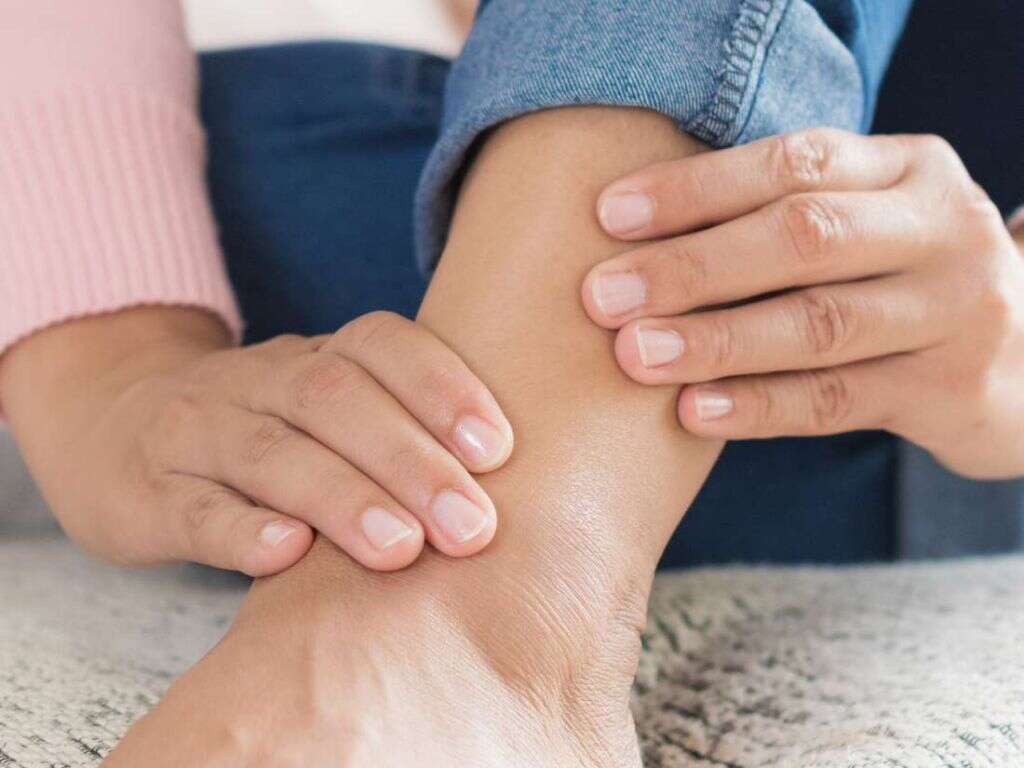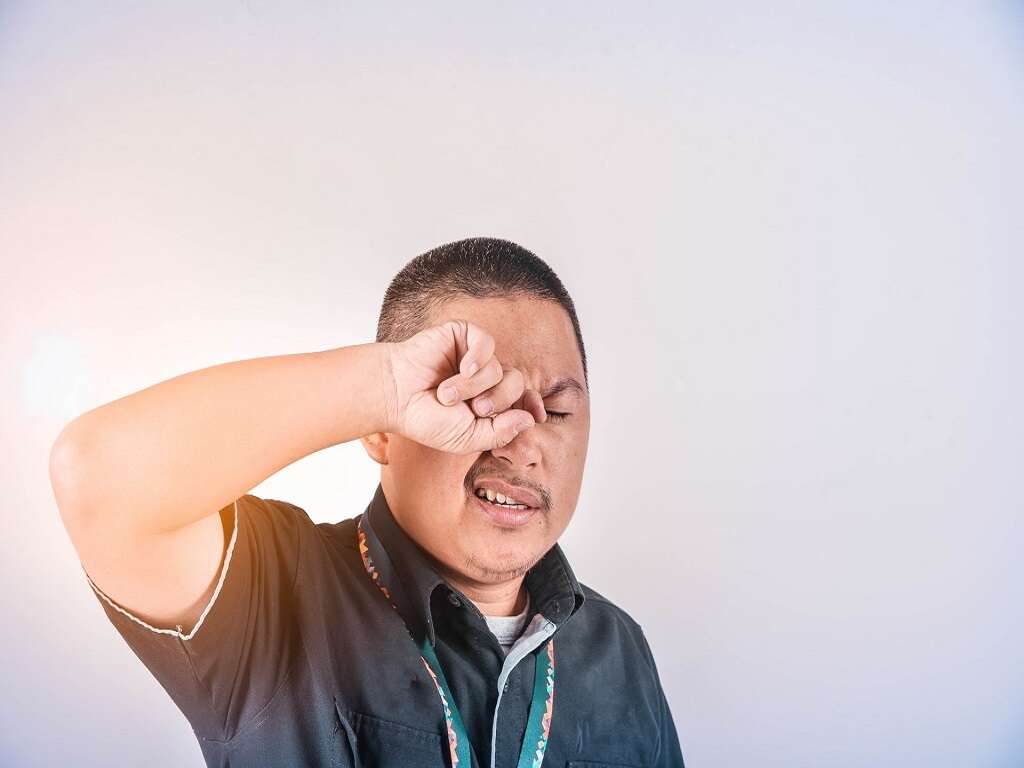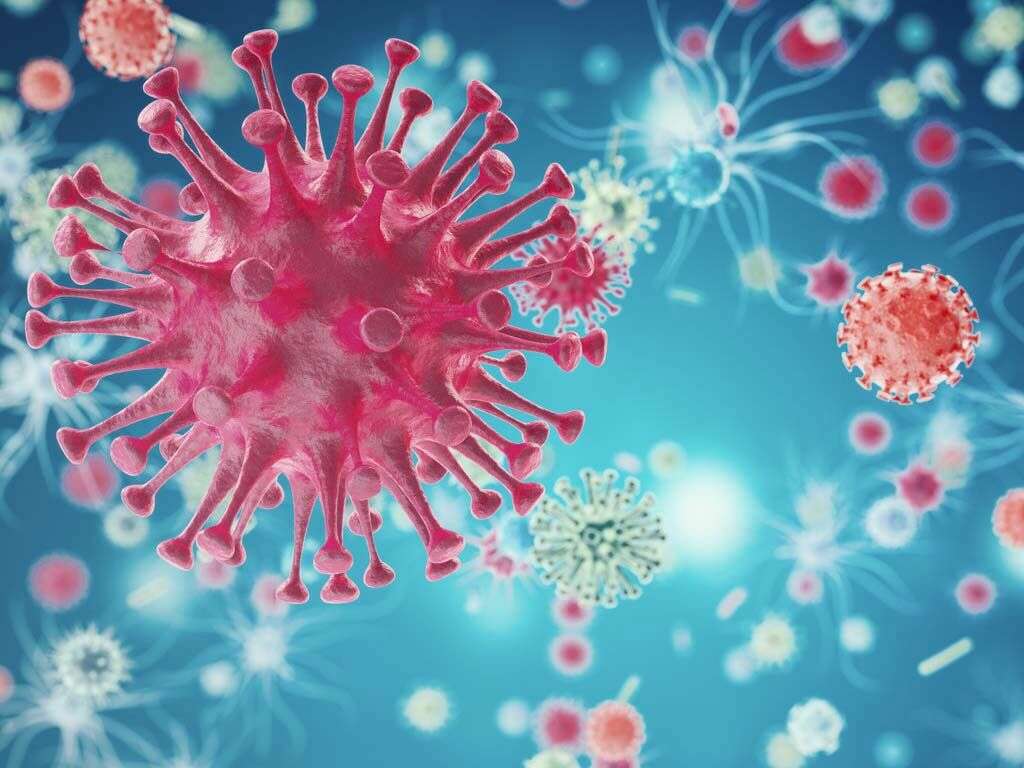What Is Fifth Disease?
There are many common diseases in the world. Thankfully, those that are common also tend to be those that are mild. Many are so mild that a lot of people that catch them will not even be aware that they have them. When symptoms do show, they are only likely to make the patient feel mildly uncomfortable.
One example of such a disease is fifth disease. It is a condition commonly associated with young children and, even in young children, its effects are unlikely to be at all harmful. However, there are some categories of people that will need to be careful because it will be harmful in a small number of cases.
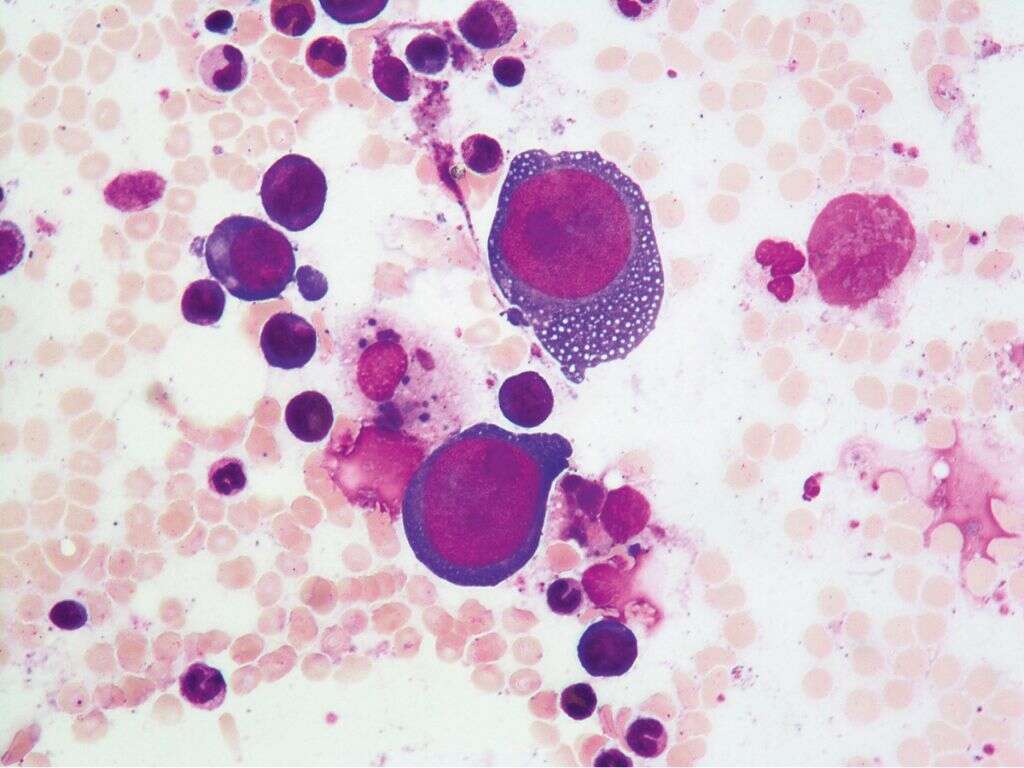
1. Parvovirus
Parovvirus is a more recent name for fifth disease. The disease got its name because it came in fifth place on a list of children’s diseases that typically had a rash. It is also sometimes known as slapped cheek disease. It is a highly contagious disease and also very common.
While fifth disease is common, the good news is that it is usually only very mild. In most cases, only limited medication is required, if at all. Although typically thought of as a children’s disease, fifth disease will also sometimes infect adults. When adults do catch the disease then their symptoms are likely to be more severe.

2. Causes
Fifth disease is caused by the human parvovirus B19. It is present all year round, but outbreaks are more likely in winter and spring in the United States. The virus is spread between people, and outbreaks in schools are not uncommon. The virus tends to be spread in infected droplets when an infected person coughs or sneezes.
These droplets are then sometimes inhaled or ingested directly. At other times, they can land on surfaces where they can then be picked up by other people and possibly spread further. The virus can also be transmitted by infected blood, and women can pass the disease onto their unborn babies.

3. Symptoms In Adults
Most adults that catch the virus will show no symptoms of being ill. When the symptoms do show, their severity can range from being mildly annoying to very uncomfortable for the patient. The symptoms will often be worse in adults than they will be in children, however.
When adults do show symptoms, they will typically include aches and pains in their joints. This will usually occur in the ankles, hands, knees, and wrists, and the symptom can last for a few days, to several weeks. Adults will not usually develop the rash that the disease is so well known for.

4. Symptoms In Children
Many children with the disease will also show no symptoms, and any symptoms that do show are likely to be mild. These symptoms will typically include a fever, headache, runny nose, an upset stomach, and a rash on the patient’s cheeks. The rash will not usually appear for a few days or so after the other symptoms appear.
The rash will usually appear on both of the patient’s cheeks. It can also spread to the buttocks, thighs, arms, and the trunk. The rash is sometimes itchy, and it can also disappear only for it to reappear again several times for up to around 3 weeks. Once the rash has appeared for the first time, the patient will no longer be contagious.

5. Weakened Immunity
Fifth disease is not usually a serious disease at all. This is largely because our immune systems are able to deal with the virus, preventing it from doing any harm. Not everybody’s immune system is able to give them such protection, however, meaning even mild diseases can make them much sicker than usual.
If somebody with a weakened immune system has contracted fifth disease, or any disease, then a doctor should be informed as soon as possible. It won’t necessarily be dangerous for them, but it is still a good idea to take precautions and have the patient monitored more closely than usual. There are numerous reasons why somebody might have a weakened immune system, including certain treatments and medication, and HIV/AIDS.
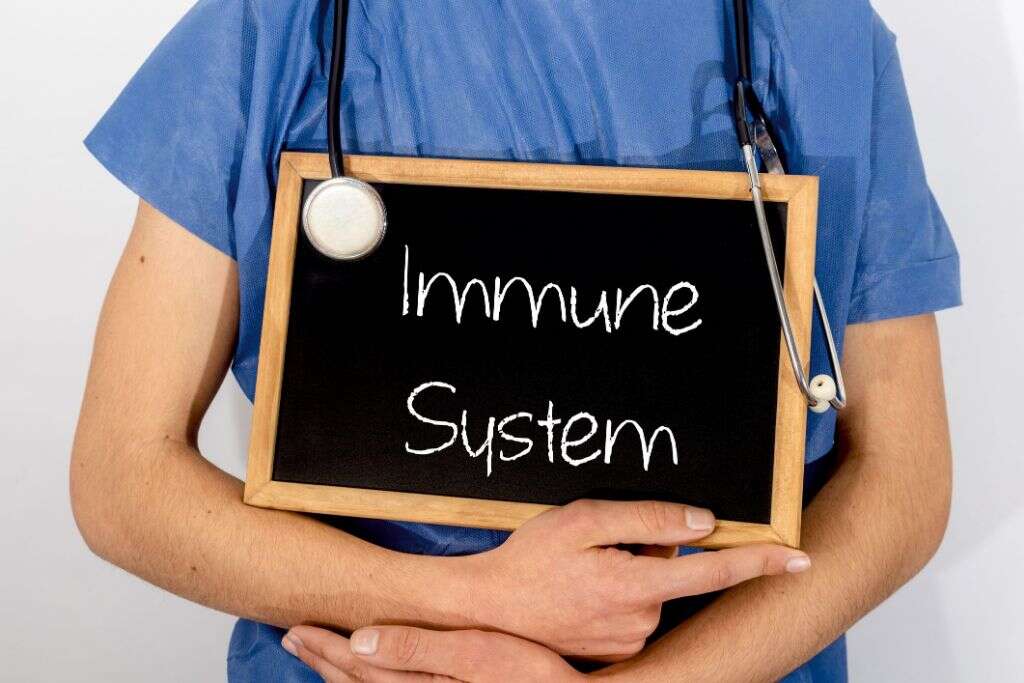
6. Pregnancy
A mother’s immune system will usually be able to help protect their unborn children from disease, but this is not always the case. Some pathogens may be able to infect the baby and do them harm, and one of these is fifth disease. If the mother becomes infected, the virus can affect the red blood cells of the fetus.
If the baby’s red blood cells are affected, it can result in severe anemia. This even has the potential to result in a miscarriage or stillbirth. It is a rare occurrence and only usually happens early on in the pregnancy. Regardless, pregnant women who contract fifth disease should let a doctor know straight away.

7. Anemia
Our red blood cells are essential to us because they transport oxygen all over the body to where it is needed. Our blood cells only have a limited life span but, when they do die, they are replaced by new red blood cells that are made in the bone marrow. If the new red blood cells are not made fast enough, it can result in anemia.
Anemia means the patient’s blood will not have the capacity to carry the oxygen the body needs. Anemia is not usually a dangerous condition, but it can be serious if a serious shortage of red blood cells develops. The parvovirus can stop the production of new blood cells, and people that have anemia will need to be particularly careful.
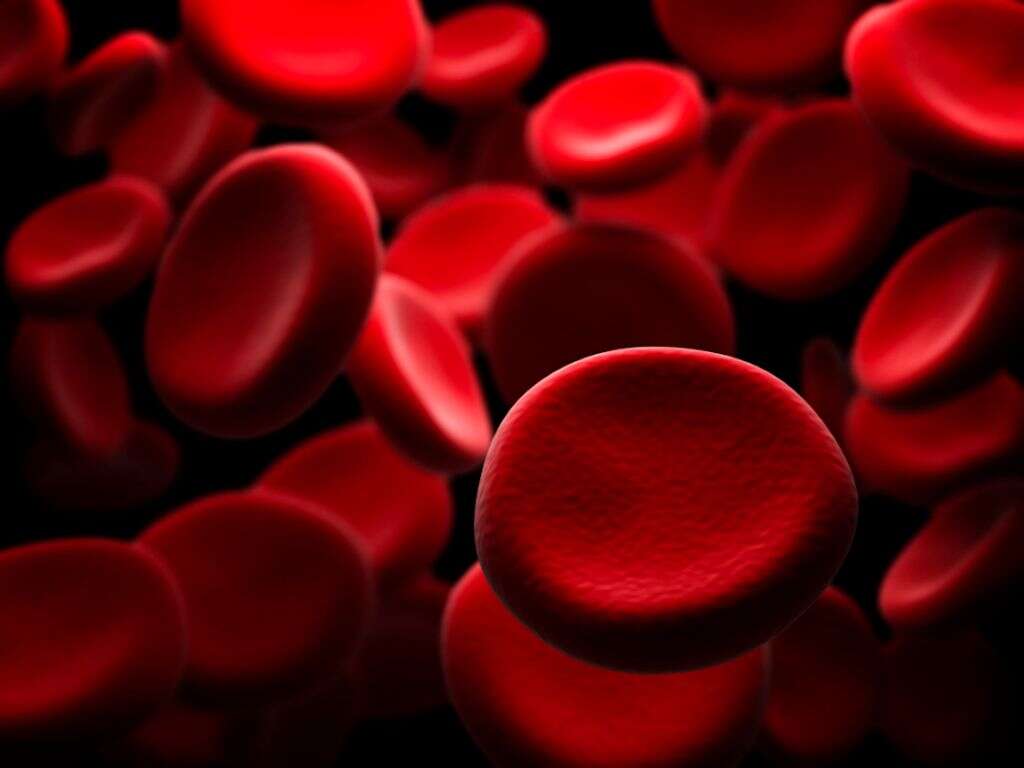
8. Prevention
As things stand, there is no vaccine available to protect against the parvovirus. However, everybody can undertake simple practices that help to prevent the spread of the virus. These are straightforward practices such as washing your hands regularly with soap and water. You should also encourage children to wash their hands regularly.
You should also try to avoid sharing items like crockery and drinking vessels, and also avoid sharing food and drink. You should also try and avoid touching your face where possible. These practices can help to keep yourself, your children, and other people safe from the parvovirus and other pathogens.

9. Diagnosis
The characteristic rash of fifth disease often makes the condition easy to diagnose. For people that don’t have the rash, however, the disease will often be overlooked for a cold, or a mild case of the flu. With mild symptoms only, many people with the condition are unlikely to go to a doctor for a diagnosis.
Certain people should be more careful, however. This includes pregnant women, people with anemia, and those with a weakened immune system. If fifth disease is suspected in a patient in a high-risk category then a blood test can be requested to help confirm the diagnosis.

10. Treatment
Treatment for fifth disease usually involves having the patient get plenty of rest and take on plenty of fluids. Their immune system should be strong enough to handle the disease, and they are likely to make a full recovery in just a few days or so. Treatment is not so straight forward for a lot of other people, however.
Immune globin injections can be used to help boost the immune system of people that have weakened natural defenses. Also, blood transfusions may be deemed necessary for people with severe cases of anemia. If somebody even with a mild case appears to be showing more severe symptoms, get them to a doctor as soon as possible.




